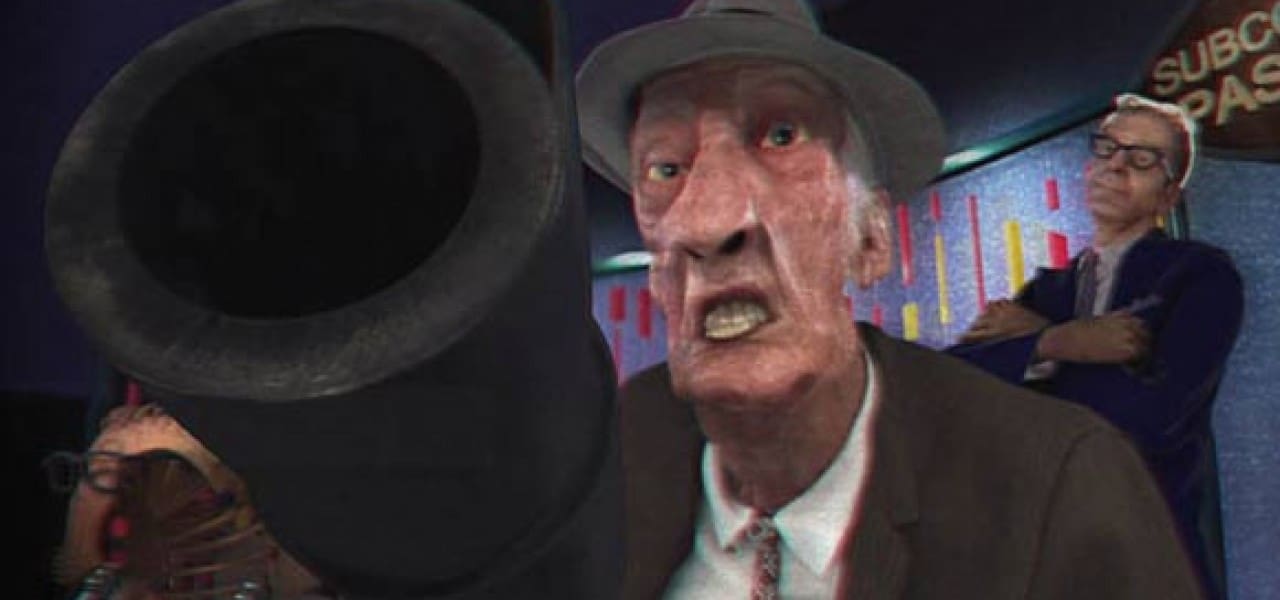
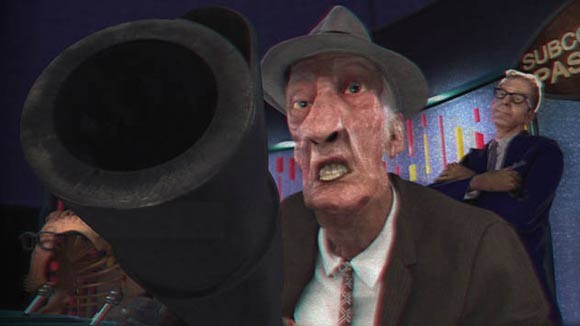
Watch Chris Landreth’s “Subconscious Password” and Read His Exclusive Guide to the Film
This post is presented by the National Film Board of Canada
In this short animation, Oscar-winning director Chris Landreth (Ryan) uses a common social gaffe—forgetting somebody’s name—as the starting point for a mind-bending romp through the unconscious. In the piece that follows, Landreth shares insights into who’s who in the film.
A Skeleton Key to Subconscious Password
by Chris Landreth
Subconscious Password takes place in the inner mind of a fellow named Charles Langford, after he blanks out on the name of his friend at a party. In the deepest Uncanny Valleys of his unconscious psyche, he is a contestant in his own game show, “Subconscious Password” where he desperately tries to guess the correct Password–his friend’s name.
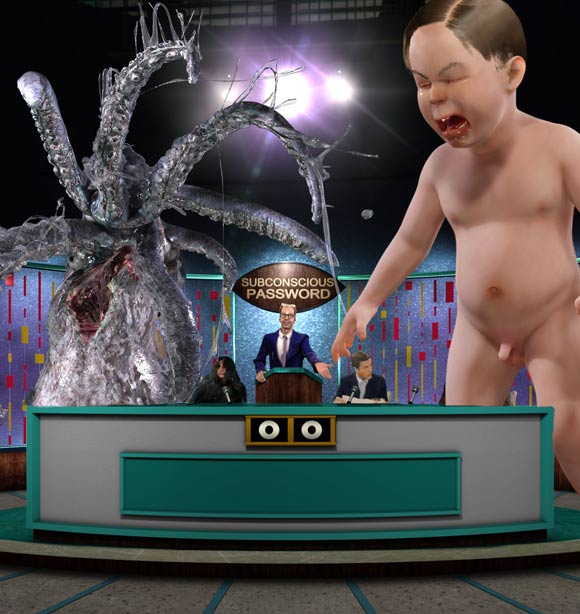
The actual game show Password (which aired during the 1960s with host Allen Ludden) had a bevy of ‘special guest stars’ who were staples of mainstream pop culture then: Carol Burnett, Jerry Lewis, Elizabeth Montgomery, Bob Denver, Betty White and many, many others–who provided clues for the contestants to guess their Passwords and win prizes.
But in Charles Langford’s subconscious, his guest stars are of a stranger, more dreamlike universe. They’re archetypes, icons, distant memories. In his confused head, many of these guest stars come out of nowhere (as characters do in our dreams), then slip away, or morph, or literally melt into other guest stars.
I can’t explain Charles’s (or anyone’s) subconscious guests, any more than I can explain the punchline of a good joke. But at least, I can give a brief profile of some of these characters, a skeleton key to one person’s psyche. These are powerful people–as archetypes in Charles’s universe, and as real people in our own.
Yoko Ono (b. 1933)
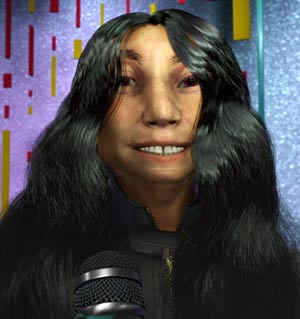 One of the original members of the Fluxus art movement of the mid 1960’s. Well before meeting John Lennon, she was a rising star in what came to be known as “performance art”. She claimed to have a housefly as an alter-ego. Her most infamous performance involved kneeling on the floor and inviting audience members to cut away at her clothing until she was naked. Through her performances and installations over 6 decades, she’s become a “matron archetype” who gives voice to our collective Id. That’s why she’s so stuck in Charles’s mind.
One of the original members of the Fluxus art movement of the mid 1960’s. Well before meeting John Lennon, she was a rising star in what came to be known as “performance art”. She claimed to have a housefly as an alter-ego. Her most infamous performance involved kneeling on the floor and inviting audience members to cut away at her clothing until she was naked. Through her performances and installations over 6 decades, she’s become a “matron archetype” who gives voice to our collective Id. That’s why she’s so stuck in Charles’s mind.
James Joyce (1882-1941)
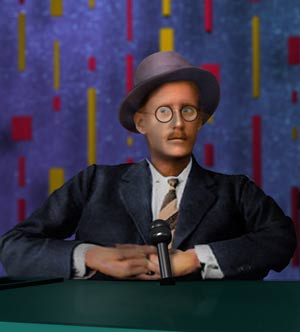 Irish author, considered by many to be the greatest modern writer in the English language. His most notorious novel, Ulysses (1922), is an epic, rambling monster of a book that recounts a typical day of a chap named Leopold Bloom. It’s arguably the first book, ever, to tell a story from within a person’s subconscious mind. Subsequently it’s quite lewd, crude and often incoherent. This lewdness lead to obscenity charges when Ulysses was first published in the UK, and the book was banned there for decades afterwards. Charles never understood Ulysses, even though he lives it every day.
Irish author, considered by many to be the greatest modern writer in the English language. His most notorious novel, Ulysses (1922), is an epic, rambling monster of a book that recounts a typical day of a chap named Leopold Bloom. It’s arguably the first book, ever, to tell a story from within a person’s subconscious mind. Subsequently it’s quite lewd, crude and often incoherent. This lewdness lead to obscenity charges when Ulysses was first published in the UK, and the book was banned there for decades afterwards. Charles never understood Ulysses, even though he lives it every day.
William S Burroughs (1914-1997)
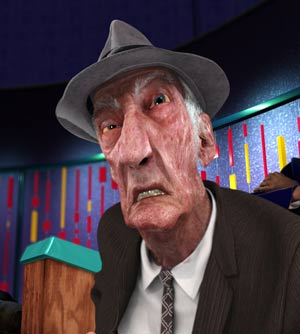 American novelist, one of the founders of the so-called “Beat Generation” of the 1950s. Best known for the novels Junky, Nova Express and Naked Lunch, Burroughs’s work is impulsively experimental, mean, base, cruel, and (like Joyce) very subconscious-based. Burroughs had a complex personna–an unapologetic heroin junky who dressed in dapper 3-piece suits. He was a fastidious collector of firearms. And he really did say “your mind will answer most questions if you learn to relax and wait for the answer”. I love him for that.
American novelist, one of the founders of the so-called “Beat Generation” of the 1950s. Best known for the novels Junky, Nova Express and Naked Lunch, Burroughs’s work is impulsively experimental, mean, base, cruel, and (like Joyce) very subconscious-based. Burroughs had a complex personna–an unapologetic heroin junky who dressed in dapper 3-piece suits. He was a fastidious collector of firearms. And he really did say “your mind will answer most questions if you learn to relax and wait for the answer”. I love him for that.
HP Lovecraft (1890-1937)
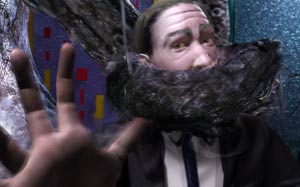 Those monsters that occupy your nightmares are in part the inventions of Howard Phillips Lovecraft. Today he’s considered among the greatest writers of horror fiction who ever lived. He created the “Cthulhu Mythos,” a world populated by Cthulhu (a real piece of work as you can see in this film) and the “Old Ones”—monster dieties who are driving humanity to extinction through madness. His writing is delightfully unpleasant, overwrought. He actually did use those adjectives “unspeakable,” “tenebrous,” “eldritch,” and “reprehensible,” over and over again.
Those monsters that occupy your nightmares are in part the inventions of Howard Phillips Lovecraft. Today he’s considered among the greatest writers of horror fiction who ever lived. He created the “Cthulhu Mythos,” a world populated by Cthulhu (a real piece of work as you can see in this film) and the “Old Ones”—monster dieties who are driving humanity to extinction through madness. His writing is delightfully unpleasant, overwrought. He actually did use those adjectives “unspeakable,” “tenebrous,” “eldritch,” and “reprehensible,” over and over again.
Ayn Rand (1905-1982)
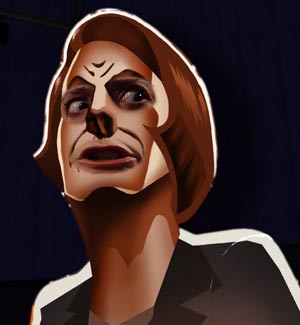 Probably my least-explainable character choice for this film. Ayn Rand, a Russian-American author best known for the novels The Fountainhead and Atlas Shrugged, preached a philosophy she called Objectivism: a world view that praises selfishness (her word choice, not mine) and unfettered capitalism. She condemned altruism and empathy (in other words, being good to others for no particular reason) as human weaknesses. Today, she is hero of the “1%”: embraced by Tea-Partiers, Republicans and frat boys in the US, and economic sociopaths worldwide. When Charles sees her in his subconscious, he gets a little confused. I’m not sure why.
Probably my least-explainable character choice for this film. Ayn Rand, a Russian-American author best known for the novels The Fountainhead and Atlas Shrugged, preached a philosophy she called Objectivism: a world view that praises selfishness (her word choice, not mine) and unfettered capitalism. She condemned altruism and empathy (in other words, being good to others for no particular reason) as human weaknesses. Today, she is hero of the “1%”: embraced by Tea-Partiers, Republicans and frat boys in the US, and economic sociopaths worldwide. When Charles sees her in his subconscious, he gets a little confused. I’m not sure why.
The Host: Charles’s Superego
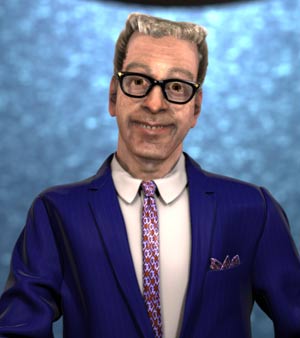 Superego is a part of our inner minds first proposed by Sigmund Freud in 1922. You know this guy/gal: your Superego is the part of you that moralizes—that tells you to sit up straight, that guilt-trips you when you drive to work instead of biking, that admonishes you to donate to Amnesty International. Charles has a Superego who tries to keeps things straight, who wears a crewcut and matching tie/handkerchief, and looks a lot like Allen Ludden. He’s a decent chap, but slips at times into self-righteous smugness.
Superego is a part of our inner minds first proposed by Sigmund Freud in 1922. You know this guy/gal: your Superego is the part of you that moralizes—that tells you to sit up straight, that guilt-trips you when you drive to work instead of biking, that admonishes you to donate to Amnesty International. Charles has a Superego who tries to keeps things straight, who wears a crewcut and matching tie/handkerchief, and looks a lot like Allen Ludden. He’s a decent chap, but slips at times into self-righteous smugness.
Charles’s Id
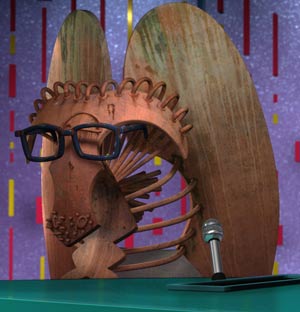 Id is the Freudian “other half” of your inner mind: Your Id is the part of you that is animal, instinctual, impulsive, chaotic and decadent. When Woody Allen said “the heart wants what the heart wants,” it was his Id talking. Charles is a bit repressed, and so his Id has frozen somewhat—looking a lot like a particular Picasso statue that stands in downtown Chicago, near where Charles grew up.
Id is the Freudian “other half” of your inner mind: Your Id is the part of you that is animal, instinctual, impulsive, chaotic and decadent. When Woody Allen said “the heart wants what the heart wants,” it was his Id talking. Charles is a bit repressed, and so his Id has frozen somewhat—looking a lot like a particular Picasso statue that stands in downtown Chicago, near where Charles grew up.
Charles Langford (b. 1961)
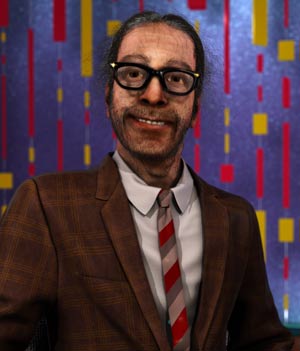 Charles Langford is a likable enough middle-aged fellow, who aspires to be a great writer (he’s obsessed with the works of Burroughs and Joyce, perhaps to a fault). His subconscious mind has gone without a decent housecleaning since he was in grade school. In short, he’s a bit like you and me.
Charles Langford is a likable enough middle-aged fellow, who aspires to be a great writer (he’s obsessed with the works of Burroughs and Joyce, perhaps to a fault). His subconscious mind has gone without a decent housecleaning since he was in grade school. In short, he’s a bit like you and me.

.png)